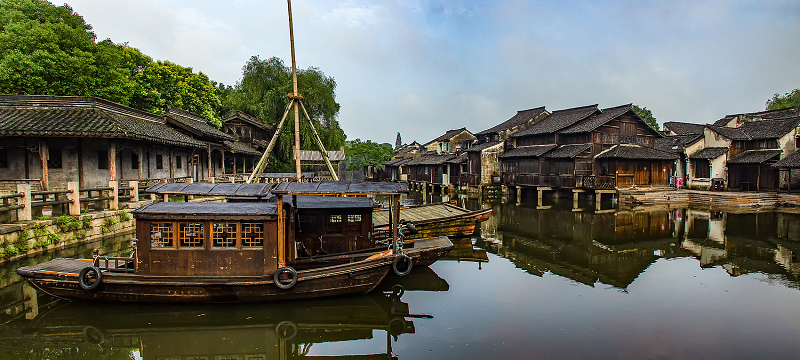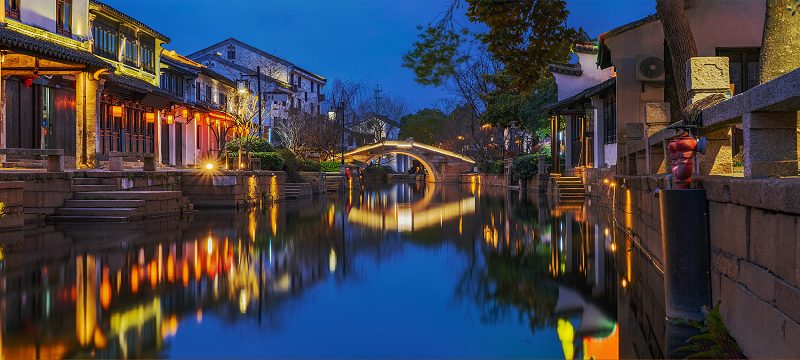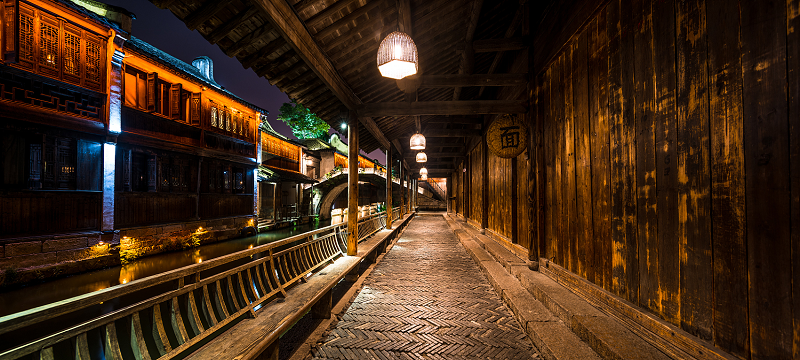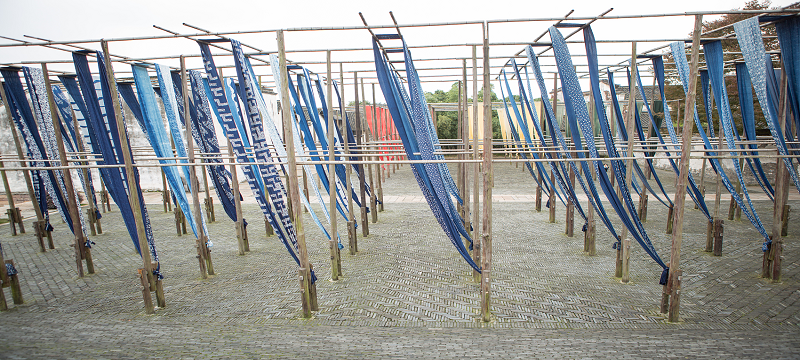







Wuzhen
Nestled in China’s Jiangnan region, this 1,300-year-old canal town charms with cobblestone lanes, arched bridges, and whitewashed houses reflecting on tranquil waters. Explore its ancient workshops, sip tea in courtyard gardens, and wander through night markets—a living museum of Chinese tradition, now a hub for modern creativity too.
1.Attraction Introduction
Wuzhen, a UNESCO World Heritage Site nestled in Zhejiang Province, is China’s quintessential water town. Founded over 1,300 years ago, it charms visitors with its labyrinth of canals, arched stone bridges, and Ming-Qing dynasty architecture. The town’s two main areas—East Wuzhen (preserved historical zone) and West Wuzhen (modern cultural hub)—offer a blend of authenticity and contemporary flair. Stroll along cobblestone lanes past whitewashed walls, explore traditional workshops crafting silk, indigo dye, and paper umbrellas, or drift on a gondola-like wu peng boat. Highlights include the iconic Shuangqiao (Twin Bridges), the Mao Dun Former Residence (a museum honoring the late author), and lively night markets with lanterns reflecting on the water. Don’t miss local delicacies like Wuyi rice cakes or a cup of fragrant Longjing tea.
2.Historical Background
Wuzhen’s origins trace to the Song Dynasty (960–1279), when it thrived as a trade hub for silk and rice. During the Ming and Qing eras, it became a cultural and economic center, with canals linking it to Suzhou and Hangzhou. By the 20th century, however, urbanization threatened its survival. In the 1990s, a visionary restoration project revived Wuzhen, balancing heritage preservation with tourism. Today, it’s a living museum where locals still reside, offering a rare glimpse into China’s pre-industrial past.
3.Map & Key Spots
East Wuzhen:
Mao Dun Former Residence: Explore the writer’s ancestral home turned literary museum.
Jiangnan Bed Museum: Admire antique wooden carvings and lacquerware.
Shuangqiao: Snap photos of the town’s symbol, two stone bridges crossing perpendicular canals.
West Wuzhen:
Wuzhen Opera House: Catch a nightly acrobatics or folk dance show.
Zhaoming Bookstore: A historic bookstore-turned-cultural space with a riverside café.
Night Markets: Sample street food like dingsheng cake or sanbai wine near the Andu Bridge.
4.Suggested Route
Full-Day Exploration:
Morning: Begin in East Wuzhen at the Visitor Center, tour the Mao Dun Museum, and wander through craft workshops. Take a wu peng boat ride (8:00–9:30 AM for fewer crowds).
Afternoon: Cross to West Wuzhen via the Anfu Bridge. Explore art galleries, sip tea at Zhaoming Bookstore, and watch a 4 PM opera performance.
Evening: Join a lantern-lit cruise, dine on Wuyi cakes at a riverside stall, and end with a night market stroll.
5.Best Time to Visit
Best: Weekday mornings (7–9 AM) for serene canals; evenings (5–7 PM) for golden-hour photos and lantern tours.
Avoid: Weekends, public holidays (e.g., National Day), and summer midday heat.
6.Transportation Guide
Location:Tongxiang, Jiaxing City, Zhejiang Province.
From Shanghai/Hangzhou:
Train to Tongxiang Station (30 mins from Hangzhou, 1 hr from Shanghai), then bus K282/K281 (50 mins) to Wuzhen.
Direct tourist buses from Shanghai South Station (2.5 hrs).
Within Wuzhen: Free shuttle buses connect East and West zones (10-min ride).
7.Costs & Tickets
Entry: East Zone 110 RMB; West Zone 150 RMB; combo ticket 190 RMB (valid 1 day).
Boat Ride: East Zone 60 RMB/person (8-passenger boat); West Zone 120 RMB/boat (up to 3 people).
Food: Snacks 10–30 RMB; sit-down meals 50–150 RMB.
8.Special Notes
Photography: Morning light (7–9 AM) is ideal for capturing fog over canals.
Etiquette: Respect residents in East Wuzhen (no loud noise after 9 PM).
Luggage Storage: Available at visitor centers (free for small bags).
Night Tours: Friday/Saturday evenings feature extended lantern displays and performances.
Wuzhen’s timeless allure lies in its harmonious blend of history and vibrancy—a poetic escape from modernity.
